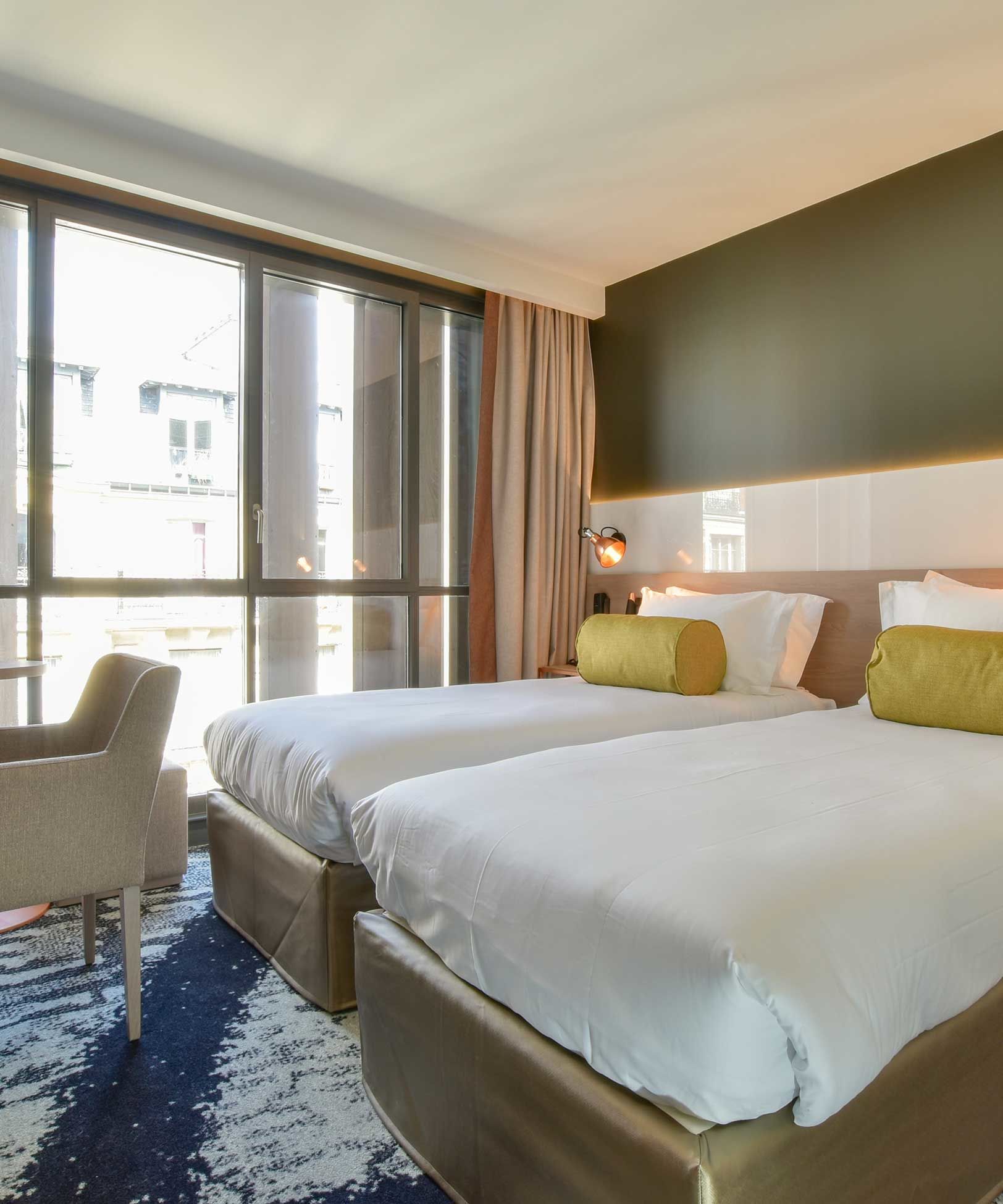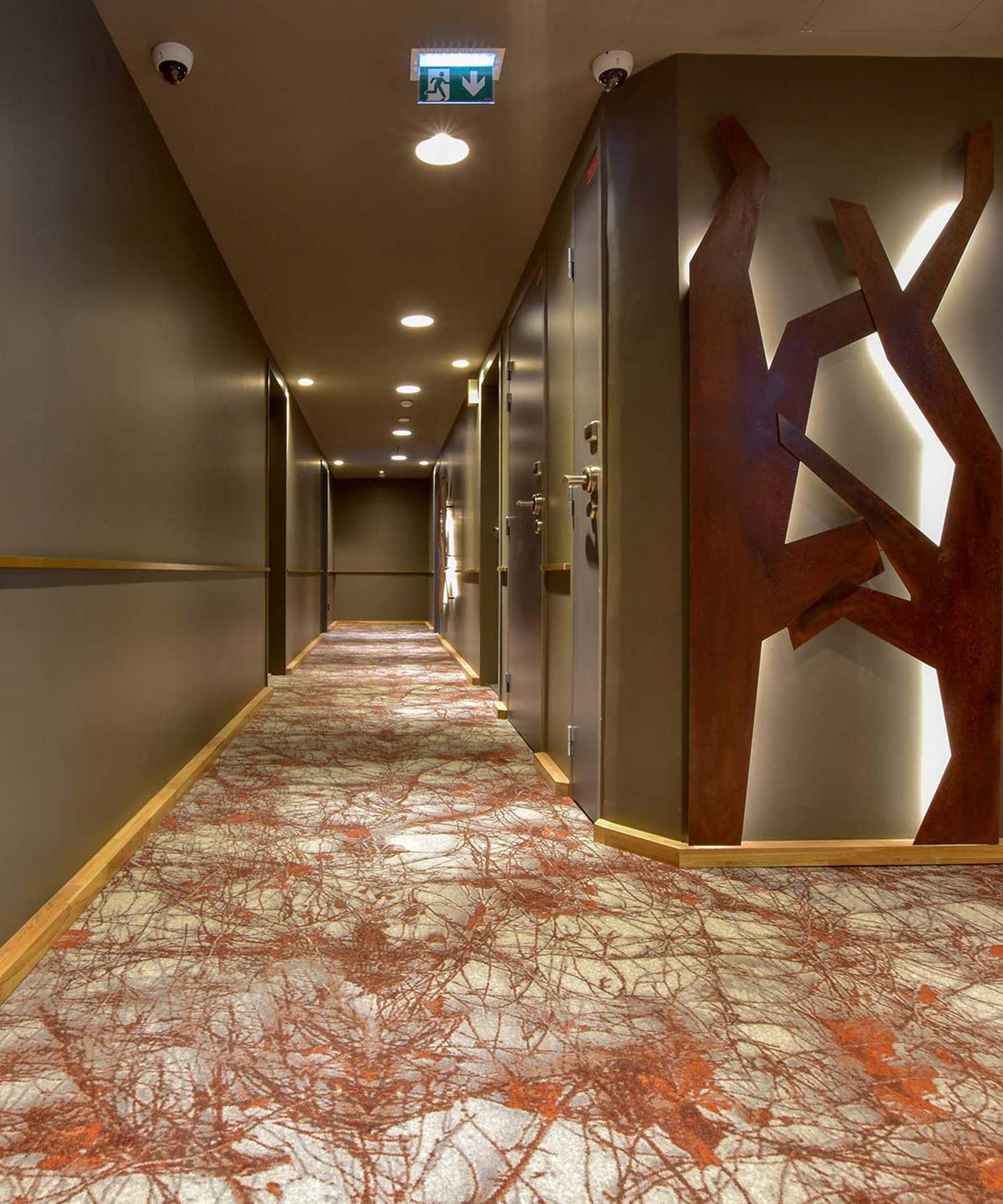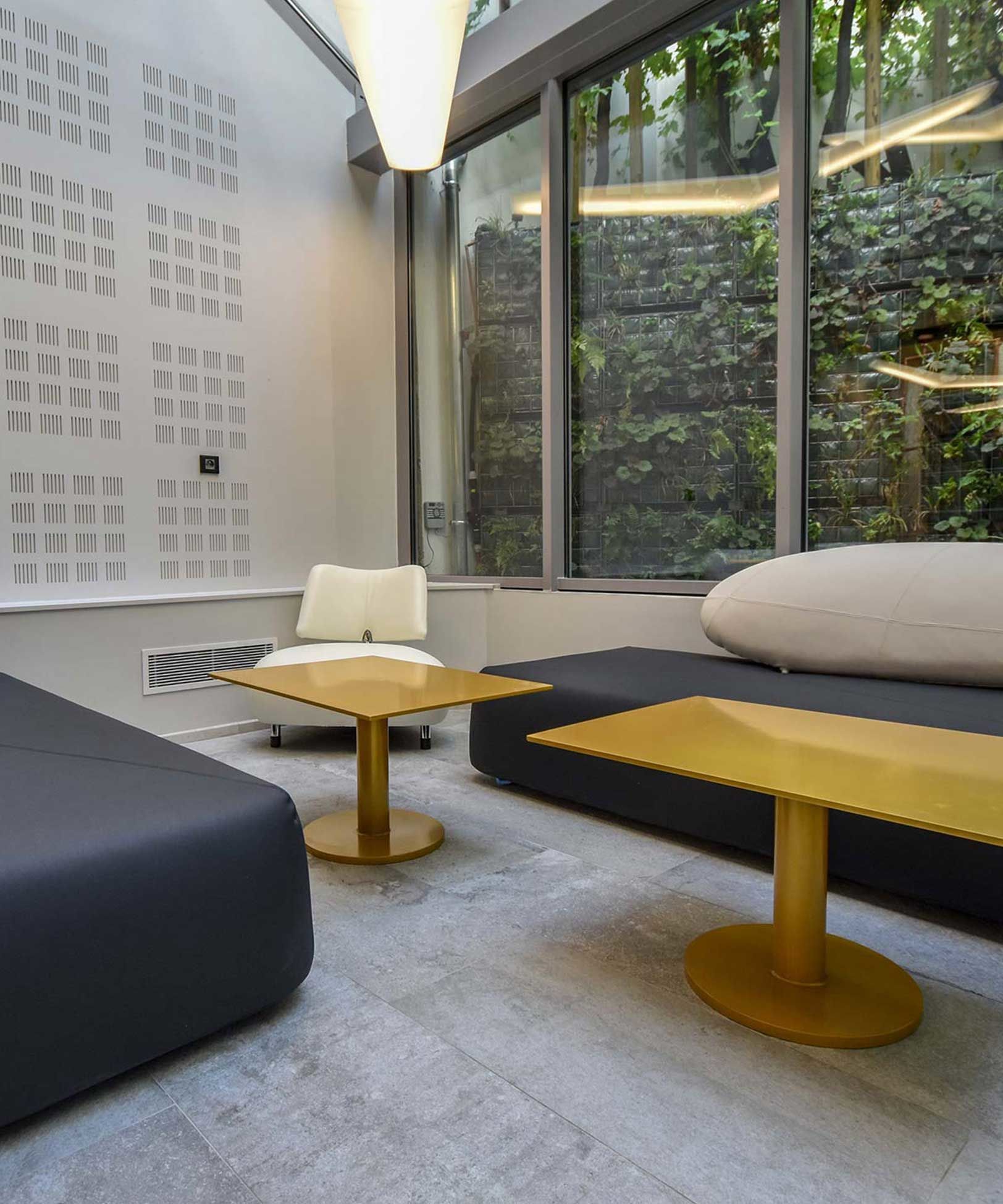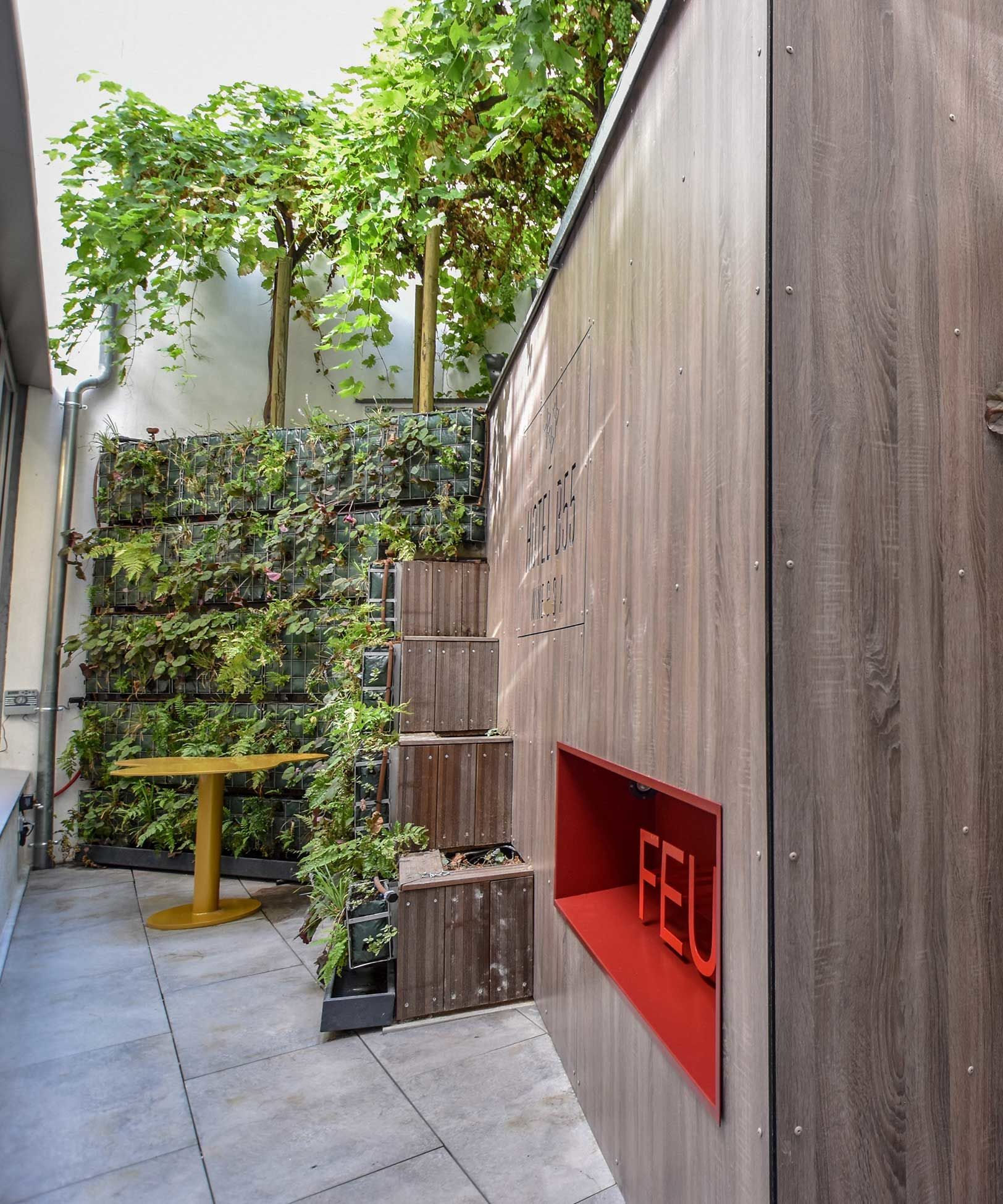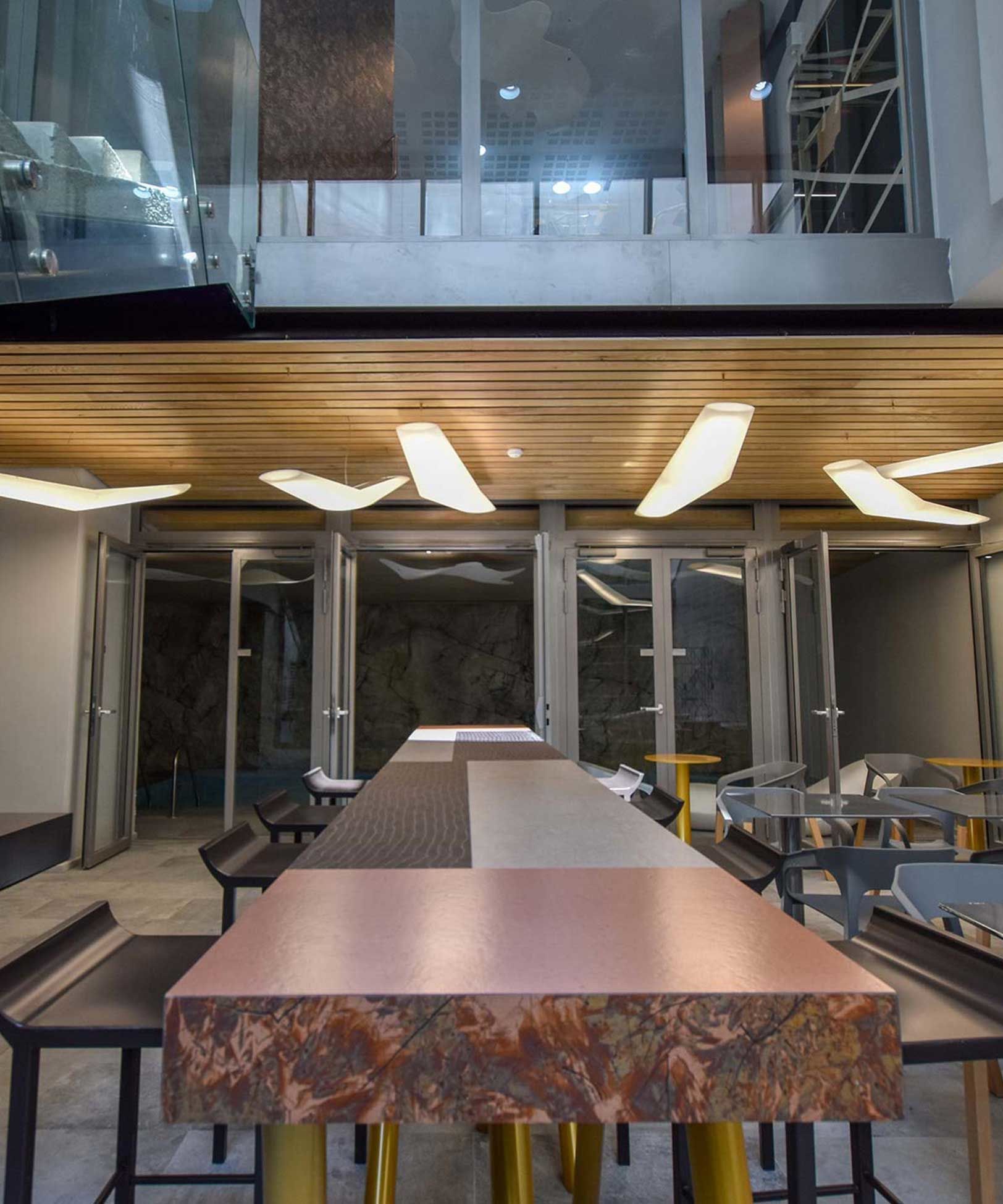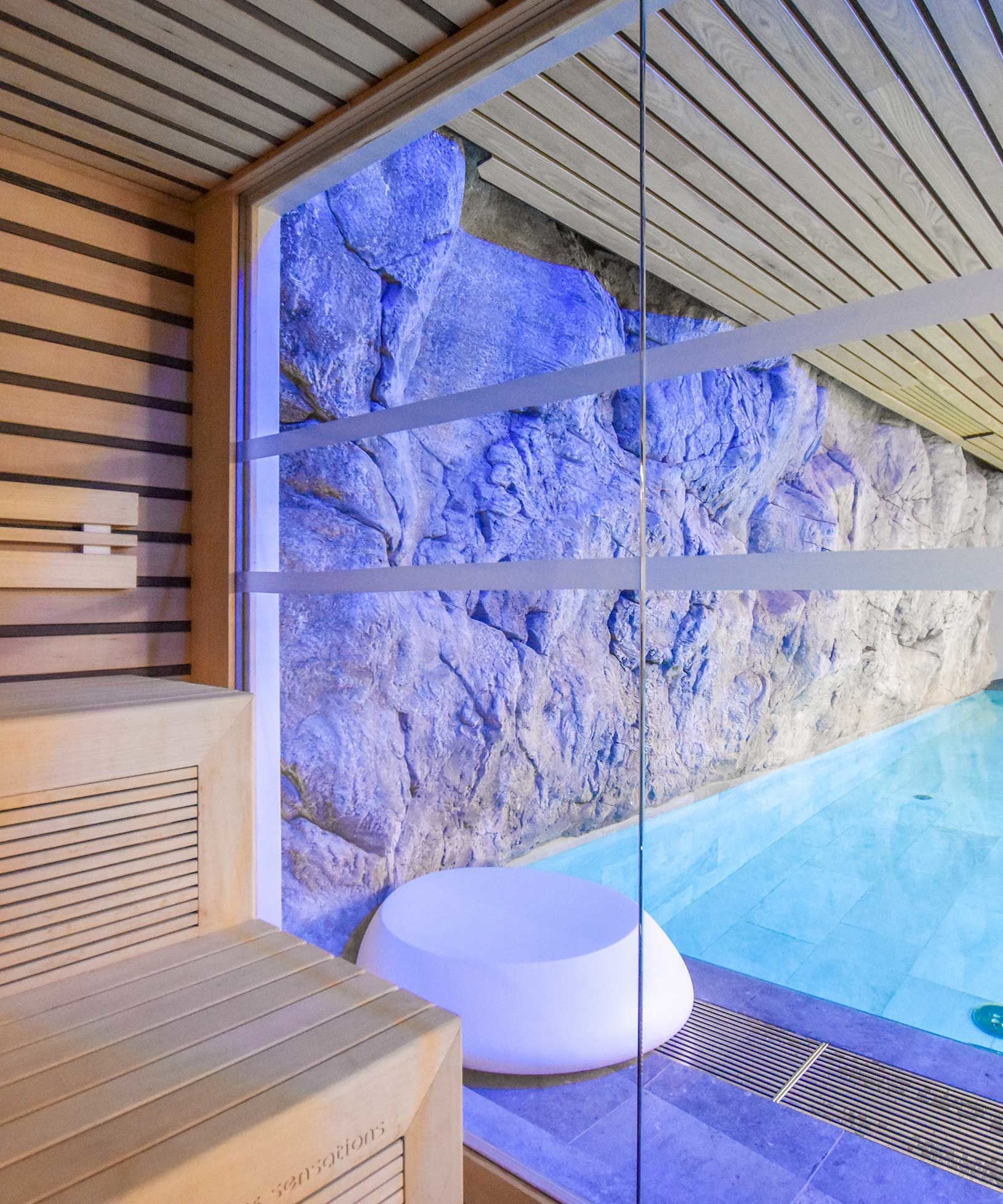The whole history of the Cité Universitaire de Paris
In the 14th arrondissement of Paris, near the B55 hotel, the Cité Universitaire de Paris is the result of a strong desire to contribute to building a world of peace and respect. International exchanges are the very value of the place, whether with the thousands of students from all over the world or with tourists and visitors from the 4 corners of the planet. Let’s discover in detail the entire history of the Cité Internationale Universitaire de Paris .
A school that works for peace
At the end of the First World War, France was driven by a pacifist and hygienist desire, but also by the urgency of the housing crisis. The founders of the University City then wanted to create a school allowing French and international students to benefit from quality accommodation and study conditions , in a setting conducive to multicultural exchanges and meetings.
The beginnings of this school for peace
It all starts with André Honnorat and Paul Appell . The first, in 1919, already clearly expressed his desire to found “a place where young people from all countries can, at the age when lasting friendships are made, have contacts which allow them to know each other and to ‘appreciate”.
In 1920, he joined forces with Paul Appell, rector of the University of Paris and mathematician, to found a city aimed at welcoming young academics from the capital. Behind this approach, the defenders of internationalist pacifism intend to put the education of young people and exchanges between countries in the service of peace.
To accomplish such a utopian project, the founders were accompanied by Émile Deutsch de la Meurthe, their first patron who financed the entirety of the first residence, in 1925.
A foundation with an international dimension
The Deutsch de la Meurthe Foundation made it possible to lay the first stone in the building of Honorat and Appell’s immense project. It was now necessary to give the University City an international dimension. The company will then be possible thanks to the legal talents of Jean Branet, and the great generosity of the banker David David-Weill. In 1924, the National Foundation was established as a non-profit association.
Recognized as a public utility in 1925, the Foundation will be the basis of the revolutionary project where everyone plays a major role:
- Jean Branet established the organization of the City and wrote the statutes of the foundation;
- David David-Weill serves as treasurer and makes numerous donations…
Over time, the University City extended its surface area thanks to the acquisition of land of one and a half hectares, and the involvement of many influential personalities made it possible to develop the project by drawing inspiration from cultural models and each person’s worldview.
The 3 phases of achieving a utopia
Although the foundation and the Cité Internationale Universitaire de Paris have evolved and are still evolving over the years, we note 3 important phases of its realization:
- 1921: the project to create a “ school of human relations for peace ” is launched. Many administrative obstacles stand in the way of founders;
- 1925 – 1938: from 1925, everything accelerated thanks to the association of patrons, foreign governments and schools. The first house is built, and in total, 19 houses will be built in less than 15 years ;
- 1945 – 1969: the Second World War did not weaken the fervor of pacifist ideals, and the heritage was quickly restored. Then, 17 new houses were built, and the expansion of the campus was only just beginning.
The 6 founders of this unique international university city in the world
The international university city of Paris owes its existence to the tenacity and humanism of remarkable personalities. This group is made up of industrialists as well as politicians, patrons and intellectuals. We then make a point of citing 6 men essential to the creation of the private law foundation .
- André Honnorat : president of the national foundation from its creation until 1948, this former minister has always expressed the wish to found “a place where young people from all countries can, at the age when we make lasting friendships , have contacts that allow them to know and appreciate each other”;
- Paul Appell : a renowned mathematician, he is also a man committed to national and international solidarity. He thus created the Secours National to help military wives during the First World War, before becoming Secretary General of France to the League of Nations, and one of the founders of the Cité Internationale Universitaire de Paris ;
- Émile Deutsch de la Meurthe : this successful industrialist, at the head of Pétroles Jupiter (which would become Shell – France), financed the construction of the first house on campus , the Émile and Louise Deutsch de la Meurthe Foundation. He wishes to devote his fortune to the consolidation of peace by acting for student youth;
- Jean Branet : State Councilor, he is responsible for the legal and administrative drafting of the statutes of the National Foundation for the Development of the University City of Paris. Administrator of the City, he was first general secretary in 1925, then vice-president in 1940;
- David David-Weill : financier and banker, he made a donation of several million gold francs to help with the construction project of the University City. But he also became the first treasurer and vice-president of the National Foundation, from its creation, and until his death;
- Lucien Bechmann : this architect designed the plans for the entire international city, and helped give it this very particular “garden city” character, by combining walking areas, buildings and sports facilities.
The heritage of the Cité Internationale Universitaire de Paris
The architectural, landscape and artistic heritage of the Cité Internationale is remarkable. Many artists and architects from around the world have been inspired by the places.
An open-air exhibition
The 43 houses of the Cité Internationale Universitaire de Paris offer unique architectural styles in the capital. Many architects have contributed to building houses in classic, sustainable, regionalist or modern styles: Le Corbusier, Willem Marinus Dudok, Claude Parent… Today, 6 houses are classified as Historic Monuments :
- The House of Brazil;
- The Avicenna Foundation;
- The United States Foundation;
- The Dutch College;
- The Swiss Foundation;
- The Deutsch de la Meurthe Foundation.
A vast artistic universe
Almost since its creation, the Cité Internationale Universitaire has been home to many artists from all over the world. The city is then a place of both creation and exhibition of 20th century and 21st century art , whether in the field of painting, sculpture, or even tapestry. Among the big names who have been inspired by the University of Paris 14, we note Charlotte Perriand, Jacobsen, and Foujita.
The landscaped architectures of Cité U
The Cité Internationale Universitaire de Paris park is the second largest green space in the capital , with 34 hectares of greenery. First developed in the 1930s by Jean Claude Nicolas Forestier, it was then taken over by Léon Azéma and Lucien Bechmann. In this immense park, we try to preserve rare fauna and flora in Paris, thanks to a more ecological management method.
The B55 hotel, near the Cité Internationale Universitaire de Paris
Whether it is to experience a peaceful return to university, to enjoy the green spaces of the site, or to discover the architecture and the ambitious project of the National Foundation, the B55 hotel is the ideal base for your stay in Paris .
The suites and rooms of the 4-star hotel
Accommodating 2 to 4 people, the rooms at the B55 hotel offer you everything you need for a peaceful stay in Paris. After a warm welcome from our team, you will reside in a cozy and friendly space, with high-end equipment: quality bedding, air conditioning or heating, private bathroom, flat-screen television, unlimited and free WiFi…
The services of your B55 hotel
Discovering the city of Paris is often taxing, physically and emotionally. So, to recover from your emotions and get off to a fresh start for new visits, the B55 hotel offers you access to the spa and well-being area , in the basement of the hotel . There, a heated swimming pool and a sauna will await you for a moment of rest and relaxation.
If you feel like it, you can also sip a small glass of wine from our selection, available in the wine dispenser by the glass , treat yourself to a good buffet breakfast, or enjoy a hot drink in our lounge area.
The B55 hotel: Paris 13 and much more
Ideally located in the 13th arrondissement of Paris , the B55 hotel allows you to easily reach the Montsouris park, the university campus and all the notable sites of the district. But you can also visit without constraint all the riches of the City of Lights, thanks to the numerous public transport nearby.
You are curious to learn more about the Cité Universitaire de Paris? Take advantage of a stay at the B55 hotel to discover the immense park and the numerous houses that make the reputation of this Parisian university.

